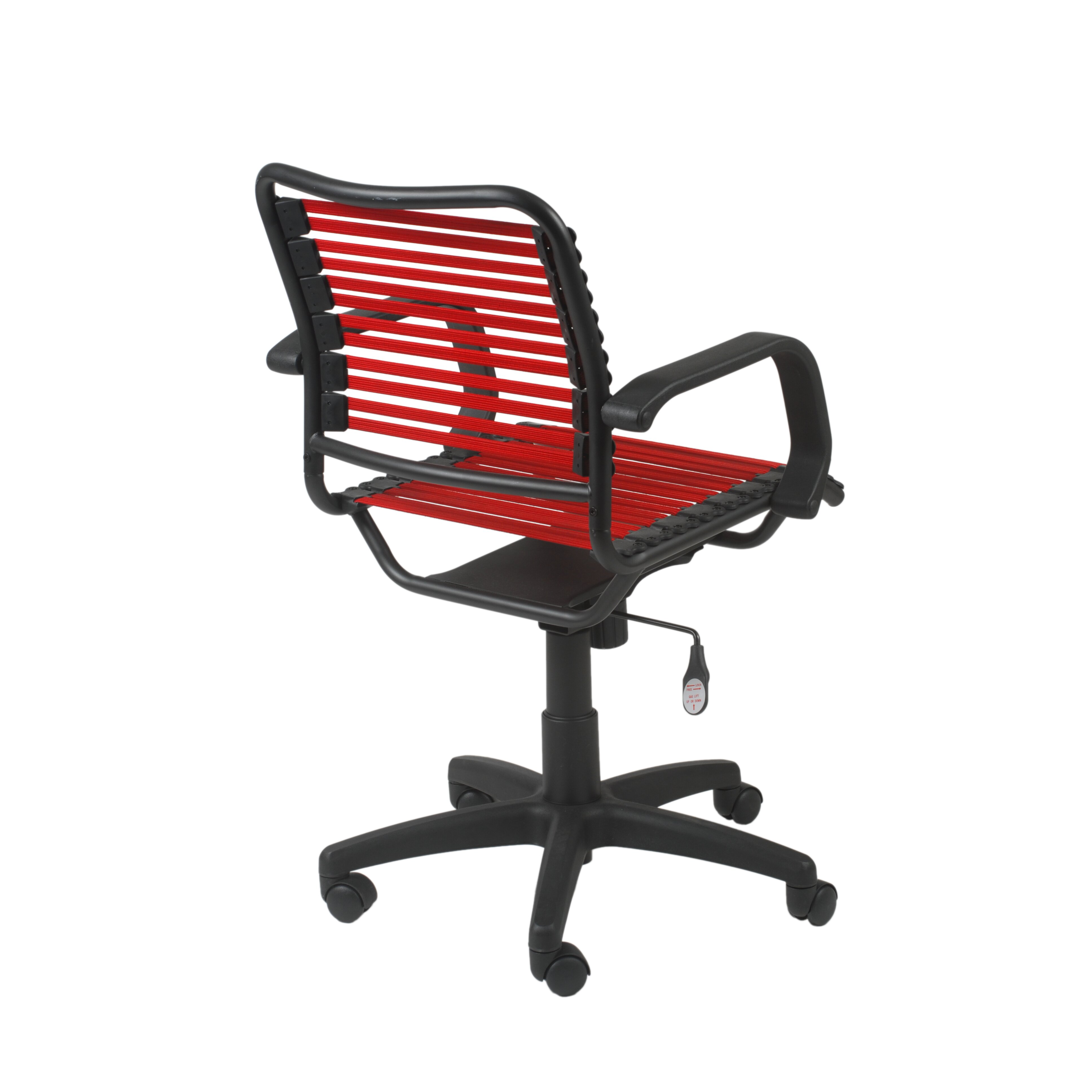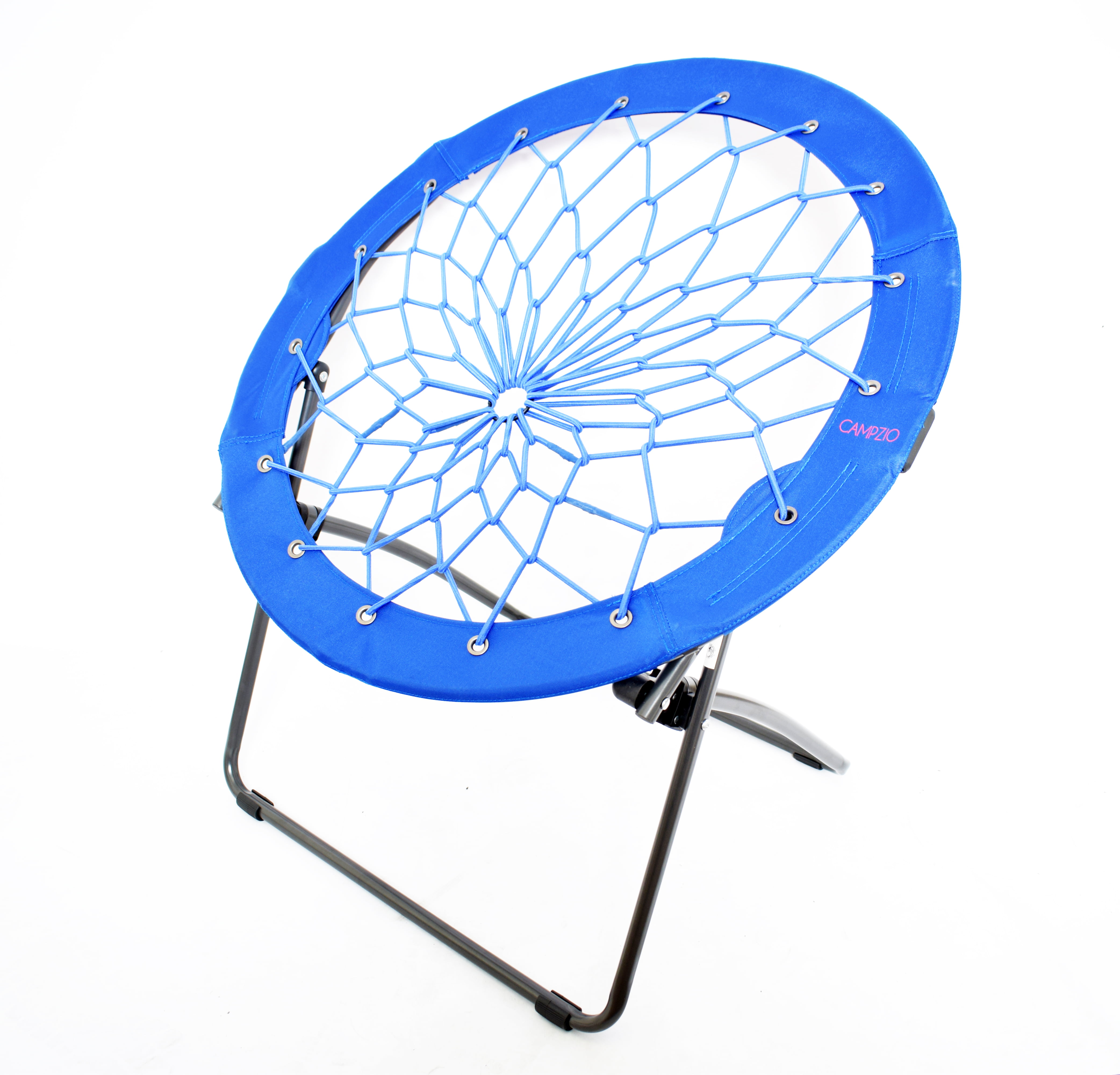Design Aspects of Orange and Black Bungee Chairs

Orange and black bungee chairs offer a striking visual contrast, lending themselves to a variety of design styles. The combination can range from sleek and modern to bold and sporty, depending on the materials and overall aesthetic. The vibrant orange provides a pop of energy, while the black grounds the design and adds a touch of sophistication. This section will explore the design aspects of these chairs, considering ergonomics and the impact of the color scheme.
Design Styles and Specifications
The following table Artikels different design styles incorporating orange and black in bungee chairs, considering material choices, features, and price ranges. These are illustrative examples and actual prices may vary based on brand, retailer, and specific features.
| Style | Material | Features | Price Range |
|---|---|---|---|
| Modern Minimalist | Black powder-coated steel frame, orange bungee cord, minimal padding | Sleek design, lightweight, easy to move | $150 – $300 |
| Sporty/Active | Durable black nylon fabric, high-tensile orange bungee cords, breathable mesh back | Increased support, adjustable height, robust construction | $200 – $400 |
| Industrial Chic | Exposed black metal frame, thick orange bungee cords, optional leather accents | Rustic aesthetic, strong and durable, statement piece | $300 – $500 |
| Contemporary Casual | Black plastic frame, vibrant orange bungee cord, plush cushioning | Comfortable seating, stylish design, suitable for various settings | $250 – $450 |
Ergonomic Considerations, Orange and black bungee chair
The ergonomic benefits of bungee chairs, regardless of color, generally include good posture support due to the flexible nature of the bungee cords. However, the orange and black color scheme itself doesn’t directly impact ergonomics. Proper ergonomic design focuses on factors like adjustable height, lumbar support (often added as a separate element), and the overall chair’s ability to adapt to the user’s body shape. The color is purely aesthetic. Poorly designed chairs, even in attractive color schemes, can still lead to discomfort and potential back problems. Good ergonomic design requires careful consideration of the chair’s structure and adjustability, not just its visual appeal.
Impact of Color Combination on Comfort and Aesthetics
The orange and black color combination can significantly influence the perceived comfort and aesthetic appeal of a bungee chair. The bright orange adds a sense of vibrancy and energy, potentially making the chair feel more inviting and less austere. The black provides a grounding contrast, preventing the orange from feeling overwhelming. However, individual preferences play a significant role. Some might find the combination too bold or jarring, while others may find it stimulating and exciting. The overall aesthetic impact depends on the specific shades of orange and black used, as well as the chair’s design and surrounding environment. For example, a darker, muted orange paired with a matte black might create a more sophisticated look compared to a bright, neon orange with glossy black accents.
Visual Description of an Orange and Black Bungee Chair
Imagine a bungee chair with a sleek, black powder-coated steel frame. The frame’s matte finish offers a subtle contrast to the vibrant, almost tangerine-colored bungee cords. These cords are thick and tightly woven, giving a sense of strength and resilience. The cords are slightly textured, not perfectly smooth, providing a tactile dimension. Minimal, black padding is strategically placed on the seat and backrest, offering just enough support without bulk. The overall texture is a combination of the smooth metal, the slightly rough bungee cords, and the soft padding, creating a multi-sensory experience. The chair’s overall aesthetic is modern and minimalist, with the orange providing a striking focal point against the neutral black.
Manufacturing and Materials of Orange and Black Bungee Chairs

Bungee chairs, with their distinctive blend of comfort and modern design, rely on a careful selection of materials and precise manufacturing processes. The vibrant orange and black color scheme often seen in these chairs adds another layer of complexity to both the material choices and the manufacturing techniques.
The choice of materials significantly impacts the chair’s durability, comfort, and overall aesthetic appeal. A detailed examination of these materials and the manufacturing processes involved reveals the intricacies behind creating these eye-catching pieces of furniture.
Material Comparison
Several materials contribute to the construction of a bungee chair. The frame is typically made of sturdy metal, often steel, chosen for its strength and ability to withstand the tension of the bungee cords. The bungee cords themselves provide the chair’s flexibility and bounce, and are typically made from durable rubber or a similar elastic material. The covering, or upholstery, is usually fabric, and in the case of orange and black chairs, this fabric needs to be carefully selected to achieve the desired color and pattern. Finally, padding may be included for added comfort, typically using foam or a similar material. The choice of each material impacts not only the final look but also the chair’s longevity and environmental impact. For instance, using recycled materials in the frame or upholstery could reduce the environmental footprint.
Manufacturing Processes
The manufacturing process begins with the creation of the metal frame. This involves cutting, welding, and potentially powder-coating the steel to provide a durable and aesthetically pleasing finish. The powder coating process, for example, allows for a consistent application of color, important for achieving the desired orange and black scheme. Next, the bungee cords are attached to the frame, requiring careful tensioning to ensure both comfort and structural integrity. This step is crucial as incorrect tension could lead to instability or premature wear. The upholstery fabric is then cut and sewn to fit the frame and padding, often involving specialized sewing techniques to accommodate the unique shape of the chair. Finally, the upholstered section is attached to the frame, completing the assembly. Maintaining color consistency throughout the process, particularly in the powder coating and fabric selection, presents a unique challenge in manufacturing orange and black bungee chairs.
Reupholstering an Orange and Black Bungee Chair
Reupholstering a bungee chair can extend its lifespan and allow for personalization. The following steps Artikel this process:
- Remove the old upholstery: Carefully detach the existing fabric from the frame, noting how it was originally attached. Take pictures to aid in reassembly.
- Clean the frame and padding: Thoroughly clean the underlying frame and padding to remove any dirt or debris.
- Measure and cut the new fabric: Using the old upholstery as a template, measure and cut the new orange and black fabric, adding seam allowances.
- Sew the new fabric: Sew the fabric pieces together, ensuring a snug fit. Consider using durable stitching to withstand the tension of the bungee cords.
- Attach the new upholstery: Carefully attach the new upholstery to the frame, replicating the original attachment method. Ensure even tension to avoid bunching or sagging.
Sustainability and Environmental Impact
The sustainability of orange and black bungee chairs depends largely on the materials used in their construction. The use of recycled steel in the frame reduces the demand for new resources and minimizes greenhouse gas emissions associated with steel production. Similarly, using recycled or sustainably sourced fabrics for the upholstery minimizes the environmental impact of textile manufacturing. However, the production and disposal of synthetic materials, such as certain types of rubber used in bungee cords and foams used for padding, can have negative environmental consequences. Therefore, opting for chairs made with eco-friendly materials, such as organic cotton or recycled rubber, is a more sustainable choice. The durability of the chair also plays a role, as a longer-lasting chair reduces the need for frequent replacements and subsequent waste generation.
